Character.ai shifts focus to consumer products after Google’s $2.7 billion deal, abandoning AI model development. Learn how this impacts the AI startup landscape and industry competition.
In the heart of San Francisco’s bustling tech district, a seismic shift is underway at the headquarters of Character.ai. Just months after a landmark $2.7 billion deal with Google, the AI startup is charting a new course that could redefine its place in the competitive landscape of artificial intelligence. Today, I’m sitting down with Dominic Perella, Character.ai’s new interim CEO, to uncover the story behind this strategic pivot and its implications for the AI industry.
As the morning fog lifts over the Bay Area, Perella greets me in a conference room adorned with whiteboards filled with complex algorithms and user interface sketches. The energy in the room is palpable, a mix of excitement and determination.
“We’re entering a new era for Character.ai,” Perella begins, his eyes gleaming with enthusiasm. “Our focus now is on what we do best – creating engaging, AI-powered consumer products that captivate our users.”
This shift comes in the wake of Google’s acquisition of Character.ai’s founders and 20% of its staff in August, a move that sent shockwaves through the AI community. The deal, which included a $2.7 billion one-off license for Character.ai’s models, has prompted a reevaluation of the company’s core mission.
One of the most striking revelations from our conversation is Character.ai’s decision to step back from the race to build large language models (LLMs). Perella explains the reasoning behind this move:
“It got insanely expensive to train frontier models,” he says, leaning forward in his chair. “Which is extremely difficult to finance on even a very large startup budget. We had to make a choice – continue an uphill battle against tech giants or double down on our strengths.
This decision reflects a growing trend among AI startups. The astronomical costs associated with developing cutting-edge AI models have created a landscape where only the biggest players can compete effectively.
Jamie MacEwan, an analyst at Enders Analysis, offers insight into the challenges facing companies like Character.ai: “The worry for Character.ai is the things it is doing can easily be replicated by big tech firms with financial firepower and huge global reach,” he notes. Those star founders were its biggest selling point in the industry, I’m not sure if without them it can pretend to hold on to a technological edge.
As we tour the office, Perella showcases the company’s popular chatbot platform, where users can engage with AI-powered characters ranging from historical figures to fictional personas.
Our consumer products got incredible traction,” Perella explains, demonstrating a chatbot that mimics the writing style of Shakespeare. We’re seeing a monthly active user base of 20 million, which has doubled year on year. Our core demographic is young, aged 13-25, and they’re incredibly engaged with the platform.”
This success in the consumer space has become the new north star for Character.ai. The company is doubling down on its chatbot technology, aiming to create what Perella describes as “the next big platform powered by AI.
The Google deal that catalyzed this shift has not been without controversy. As we discuss the transaction, Perella is quick to address potential antitrust concerns:
“We’re continuing to do AI research,” he asserts. “We still own all of our technology, have almost all of our people, and we are continuing to grow. The deal with Google was a one-off license, not an ongoing partnership.
Despite these assurances, the AI industry is under increasing scrutiny from global regulators. Deals like Microsoft’s $13 billion alliance with OpenAI and Amazon’s acquisition of Adept executives have drawn attention from competition watchdogs.
Perhaps one of the most intriguing aspects of Character.ai’s new direction is its corporate structure. Following the Google deal, the company bought out its investors and distributed ownership among employees in a cooperative model.
It’s a very unique structure and maybe unheard of in Silicon Valley,” Perella says with pride. “We wanted to ensure that our team members are truly invested in our success.”
This move has left the company with enough runway for 18 months, according to Perella. However, he doesn’t rule out future fundraising or licensing deals with other companies.
As our interview draws to a close, Perella’s enthusiasm for Character.ai’s future is infectious. The company has recently hired Erin Teague, a former Google product manager, as its new chief product officer – a move that signals its commitment to product innovation.
“Over the past few weeks, we coalesced around this mission of creating the next big platform and using AI to power it,” Perella says. “We’re excited about the possibilities ahead.”
As I leave Character.ai’s offices, the sun now high above San Francisco’s skyline, it’s clear that this pivot represents more than just a change in strategy for one company. It’s a reflection of the rapidly evolving AI landscape, where even well-funded startups must adapt to survive in the shadow of tech giants.
Character.ai’s journey from AI model developer to consumer product innovator serves as a case study in agility and strategic pivoting. While the road ahead may be challenging, the company’s focus on its strengths and unique approach to employee ownership could set a new template for success in the AI industry.


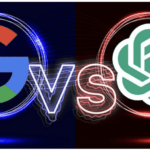




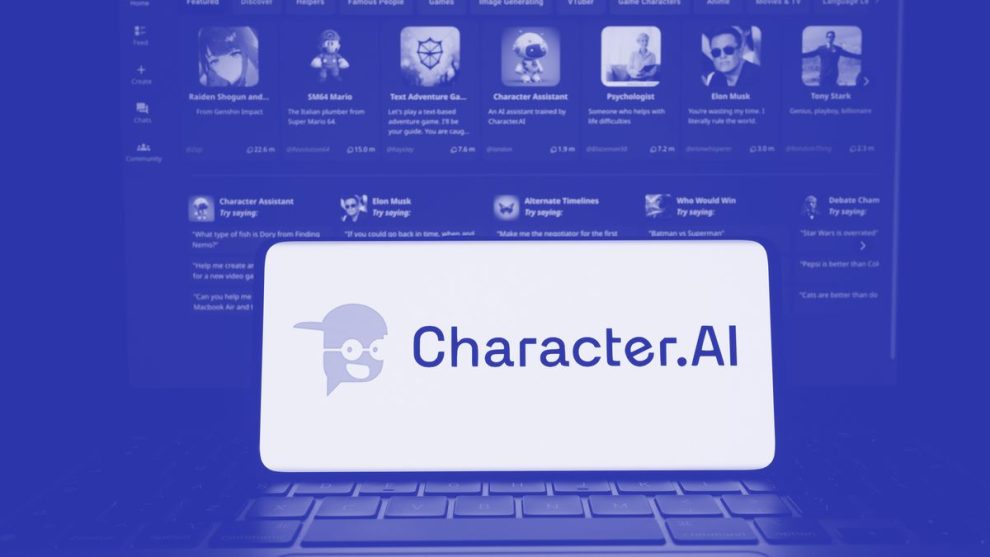
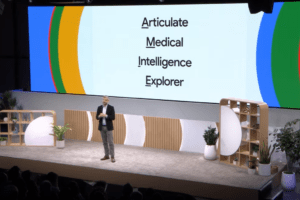
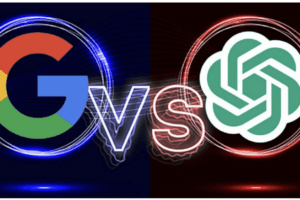
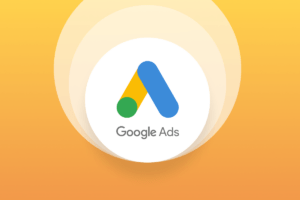





Add Comment